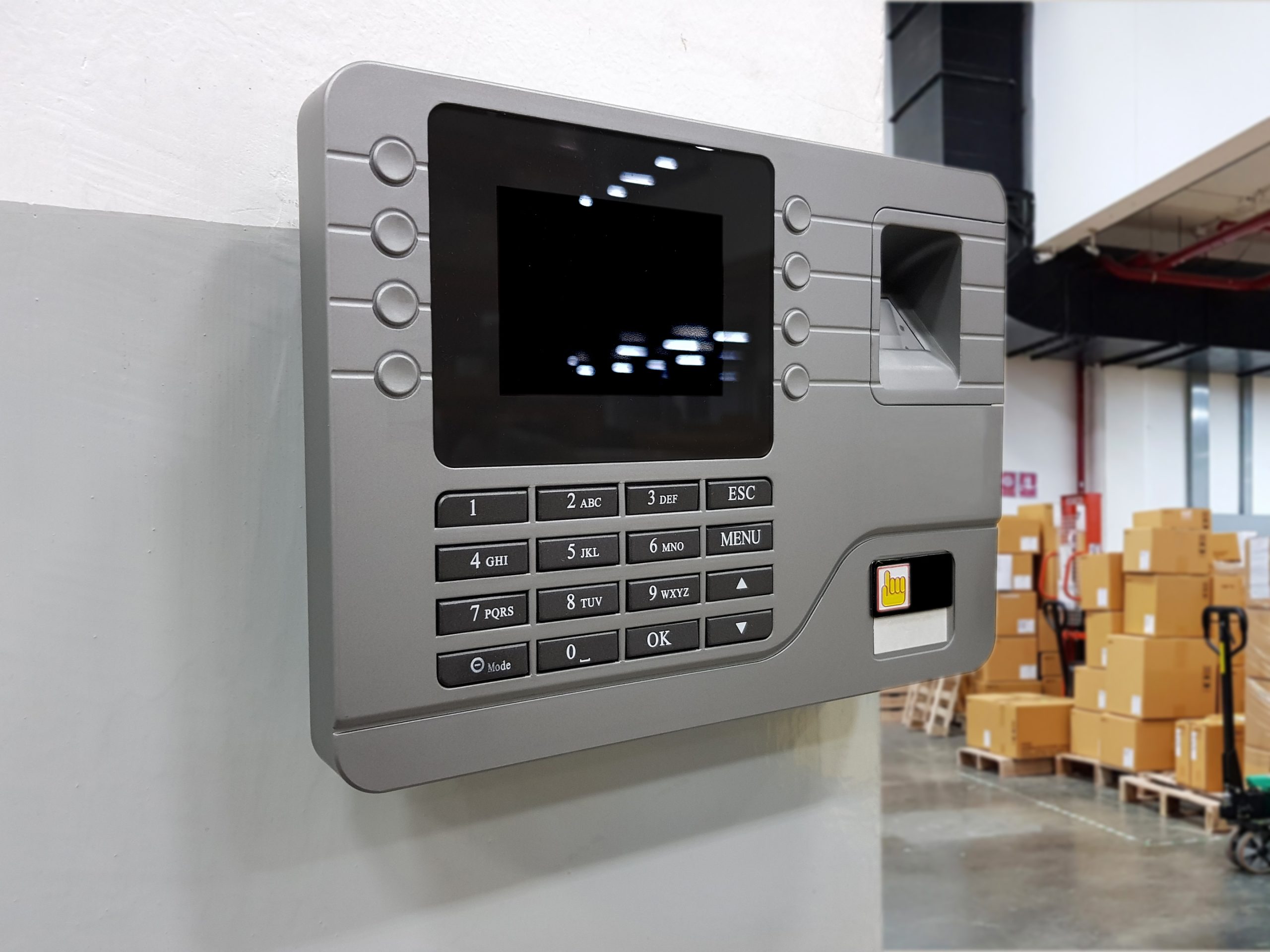Low voltage systems play a crucial role in optimizing operational efficiency for businesses across various industries. These systems encompass a range of technologies, including structured wiring, security systems, audio-visual equipment, and communication networks.
One significant advantage of low voltage systems is their ability to streamline processes and reduce energy consumption. For example, efficient lighting controls and occupancy sensors can automatically adjust lighting levels based on occupancy, saving energy and reducing operational costs. Smart HVAC controls can optimize temperature settings based on occupancy schedules, further enhancing energy efficiency.

Structured wiring solutions enable efficient communication within a building or facility. By integrating data, voice, and video services onto a single network infrastructure, businesses can enhance collaboration, improve productivity, and reduce maintenance costs. Structured cabling also allows for future scalability and flexibility, accommodating technological advancements and organizational growth.
Security systems are another essential component of low voltage systems. Access control systems, video surveillance, and intrusion detection systems help protect assets, employees, and customers. By integrating these systems, businesses can enhance security and situational awareness, reducing the risk of theft, vandalism, and unauthorized access.
Low voltage systems can also enhance operational efficiency through centralized control and monitoring. Building automation systems provide a unified platform to manage and control various systems, such as lighting, HVAC, and security. This centralized approach simplifies operations, reduces maintenance efforts, and improves response times to incidents or maintenance issues.
To maximize the benefits of low voltage systems, it's essential to work with experienced professionals who understand the specific needs of your business.They can design and implement tailored solutions that align with your goals and objectives. Regular maintenance and updates are also crucial to ensure optimal performance and longevity of the systems.
















